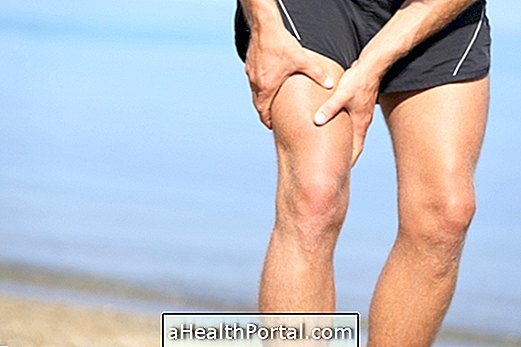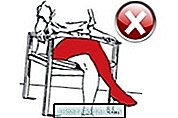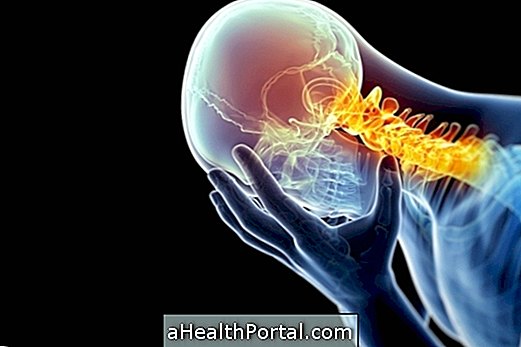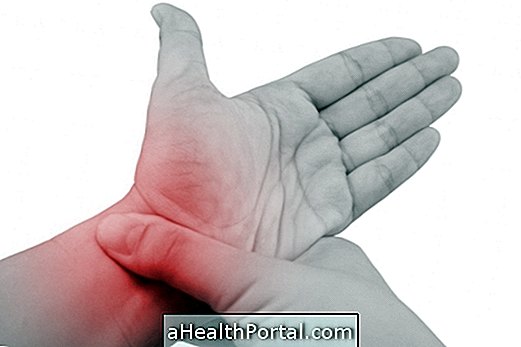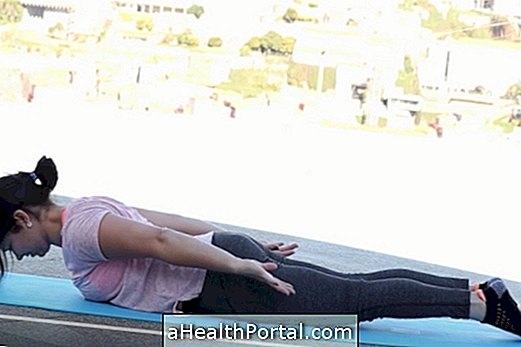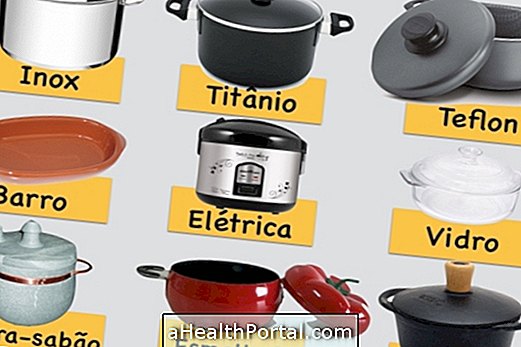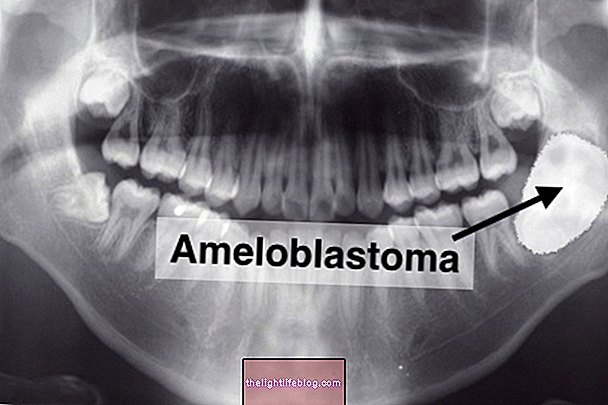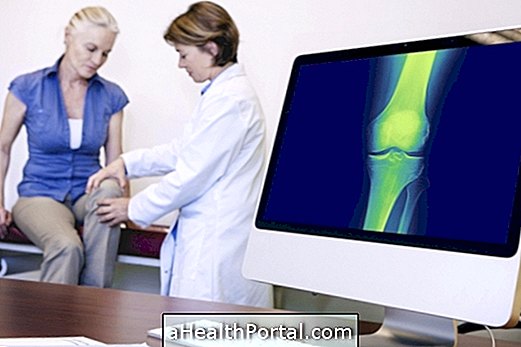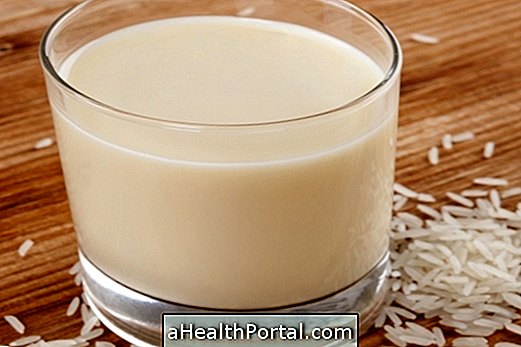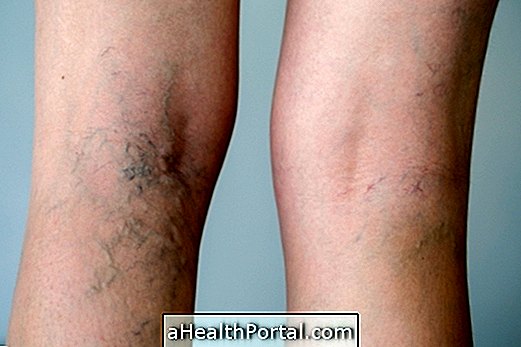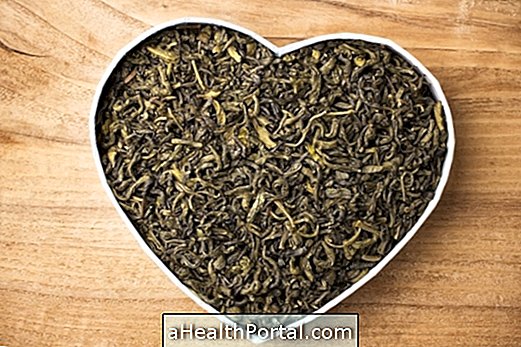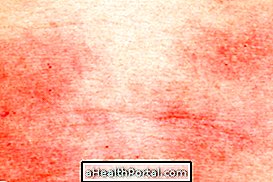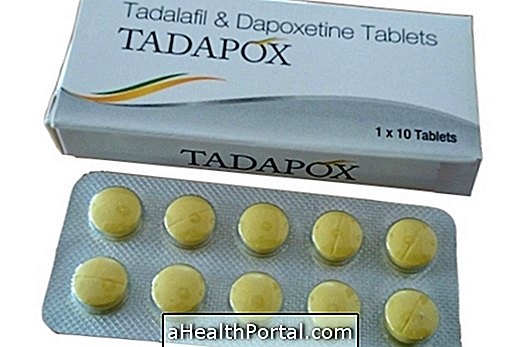Rheumatoid arthritis is an autoimmune disease that causes symptoms such as pain, redness and swelling in the affected joints, plus stiffness and difficulty to move these joints for at least 1 hour after waking up.
The rheumatoid arthritis treatment is guided by the rheumatologist and includes the use of remedies, diet and physiotherapy, which relieve pain and improve the quality of life. But it has no cure and treatment must be done for a lifetime.

Symptoms of Rheumatoid Arthritis
The first symptoms usually include fever, tiredness, joint pain, malaise that may appear and disappear without major intercurrences or explanation. Usually they appear weeks or months before the classic symptoms appear as stiffness and pain and redness in the joints.
If you think you may have rheumatoid arthritis, select what you are feeling:
- 1. Pain in the joints symmetrically (on both sides of the body) Yes No
- 2. Swelling and redness in one or more joints Yes No
- 3. Difficulty in moving the joint Yes No
- 4. Decreased strength at the site of affected joints Yes No
- 5. Joint pain that is worse after waking up Yes No

All these symptoms appear in the affected joint, but rheumatoid arthritis can end up generating others such as back pain due to poor posture and with the development of the disease, other joints such as knees, shoulders and cervical may also be affected.
Women are more affected and symptoms can begin around the age of 30, although it is more common, starting at 40.
How to confirm the diagnosis
Rheumatoid arthritis can be diagnosed by observing symptoms and performing tests, but it can be difficult to diagnose, especially in the early stage when symptoms are not very clear and may be confused with osteoarthritis or other diseases. Thus, to confirm the rheumatologist can ask for several tests such as:
- Blood test with rheumatoid factor, which is one that can indicate the disease, although in some cases the result is a false negative;
- Antinuclear antibodies test;
- X-ray of the joint to check if there is also arthrosis, being asked especially when there are arthritis symptoms in the hands or feet;
- Magnetic resonance imaging, when there is suspicion of arthritis in the spine;
- Level of C-reactive protein, to verify the intensity of the inflammation;
- Computed tomography to assess the extent of inflammation.
In this disease the body's defense system starts to attack healthy joints, but it is not yet known exactly why this happens. Although the causes of rheumatoid arthritis are not fully understood, some factors that influence its development are virus infection, bacteria, genetic factor, traumatism and smoking increase the risk of developing the disease.
Treatment for Rheumatoid Arthritis
Treatment for rheumatoid arthritis is usually started with anti-inflammatory drugs, corticosteroid injections and immunosuppressive medicines, which can be used in times of crisis and also out of crisis.
Also important is:
- Physiotherapy, especially in times of crisis, when there is intense pain and inflammation;
- Adopt a diet rich in anti-inflammatory foods, such as tuna, salmon, garlic or orange;
- Do stretches during the day;
- Apply hot water bags over the joint;
- Practice light or moderate exercise in periods outside the crisis, such as water aerobics and Pilates avoiding strenuous exercises.
Physical therapy is a very important treatment for rheumatoid arthritis and includes the use of handsets, hot purses, exercises, joint mobilization techniques and strengthening of the involved muscles, helping to prevent deformities and to improve the day-to-day movement of the person.
In the latter case, when the joint is severely compromised and nothing seems to relieve the symptoms, the doctor may suggest surgeries to realign the tendons, replace the joints, remove excess synovial membrane, or join two bones so that there is no more joint, as it may be useful in the little finger, for example.


